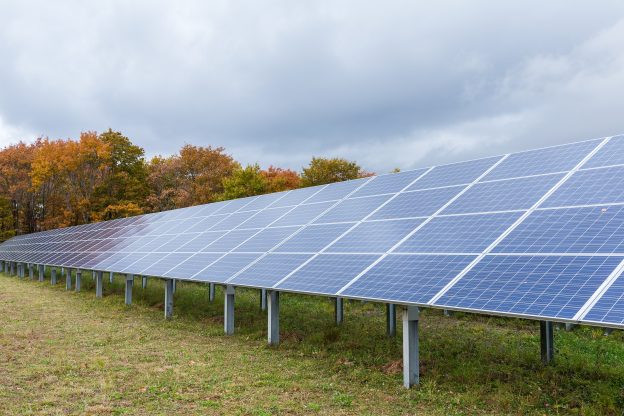Wood Mackenzie and SEIA estimate that the US entered Q2 2024 with an additional 11 GW of new manufacturing capacity. Utility-scale solar dominated new PV additions, contributing 9.8 GW DC, while the distributed solar segment experienced a decline. In 2023, over 40 GW of new PV capacity was brought online, and a similar level of growth is anticipated for 2024. The effects of Section 301 and Section 201 tariffs are considered minimal, though AD/CVD tariffs may pose a concern.

The US solar PV market had a record-breaking Q1 2024, experiencing growth in both manufacturing capacity and installations, according to Wood Mackenzie and the Solar Energy Industries Association’s (SEIA) US Solar Market Insight Q2 2024 report. During this quarter, 11 GW of new module manufacturing capacity was brought online, bringing the total to 26.6 GW, up from 15.6 GW at the end of Q4 2023. Analysts believe that, once fully ramped up, this capacity will meet approximately 70% of domestic demand. From June 2023 through March 2024, the US imported 49 GW of solar modules.
However, analysts have not yet factored in the potential impacts of new AD/CVD tariffs on Southeast Asian imports in their outlook for the US market. The effects will become clear once there is more certainty regarding these tariffs. Despite this, analysts believe there is sufficient manufacturing capacity outside Southeast Asia to meet US demand. Wood Mackenzie tracks over 61 GW of operational cell manufacturing capacity expected by the end of 2024 in countries such as India, Indonesia, Laos, Mexico, Singapore, and South Korea, in addition to the 3.5 GW anticipated to come online in the US.
New Installations
In Q1 2024, the US added 11.8 GW DC of new solar installations, marking a record for the first quarter and the second-largest quarterly addition in the industry's history, just behind Q4 2023. Solar energy accounted for 75% of all new electricity-generating capacity added to the US grid during this period. By the end of March 2024, the cumulative installed solar PV capacity in the US had reached 200 GW. This includes over 40 GW installed in 2023, a figure analysts expect to be matched in 2024.

Installation Trends
The installation surge was predominantly fueled by the utility-scale segment, which added 9.8 GW DC, marking the largest first quarter ever for this sector. Leading the charge were markets in Florida, Texas, California, and Nevada. However, distributed solar faced challenges. The residential segment experienced a 25% year-over-year (YoY) and 18% quarter-over-quarter (QoQ) decline, reaching 1.3 GW DC. Factors contributing to this decline include elevated interest rates and the transition to net billing in California.
Commercial and Community Solar
The commercial solar segment installed 434 MW DC, marking a 38% sequential decrease. Developers encountered "frustrating challenges" related to interconnection timelines, elevated development costs, and an increasingly saturated market. Similarly, community solar faced hurdles, with a 32% sequential drop resulting in the addition of 279 MW DC. The report authors suggest that enabling policies are necessary for this segment to venture into new state markets and expand its reach.
Forecast
The report predicts that the US solar industry will maintain a steady pace, installing approximately 40 GW DC annually over the next five years. Analysts expect growth to plateau in 2024 and 2025, primarily due to a slowdown in the utility-scale segment. Additional challenges for the market include labor shortages, constraints in high-voltage equipment, and ongoing uncertainty surrounding trade policies. As a result, the industry is projected to experience average single-digit annual growth from 2026 to 2029.






